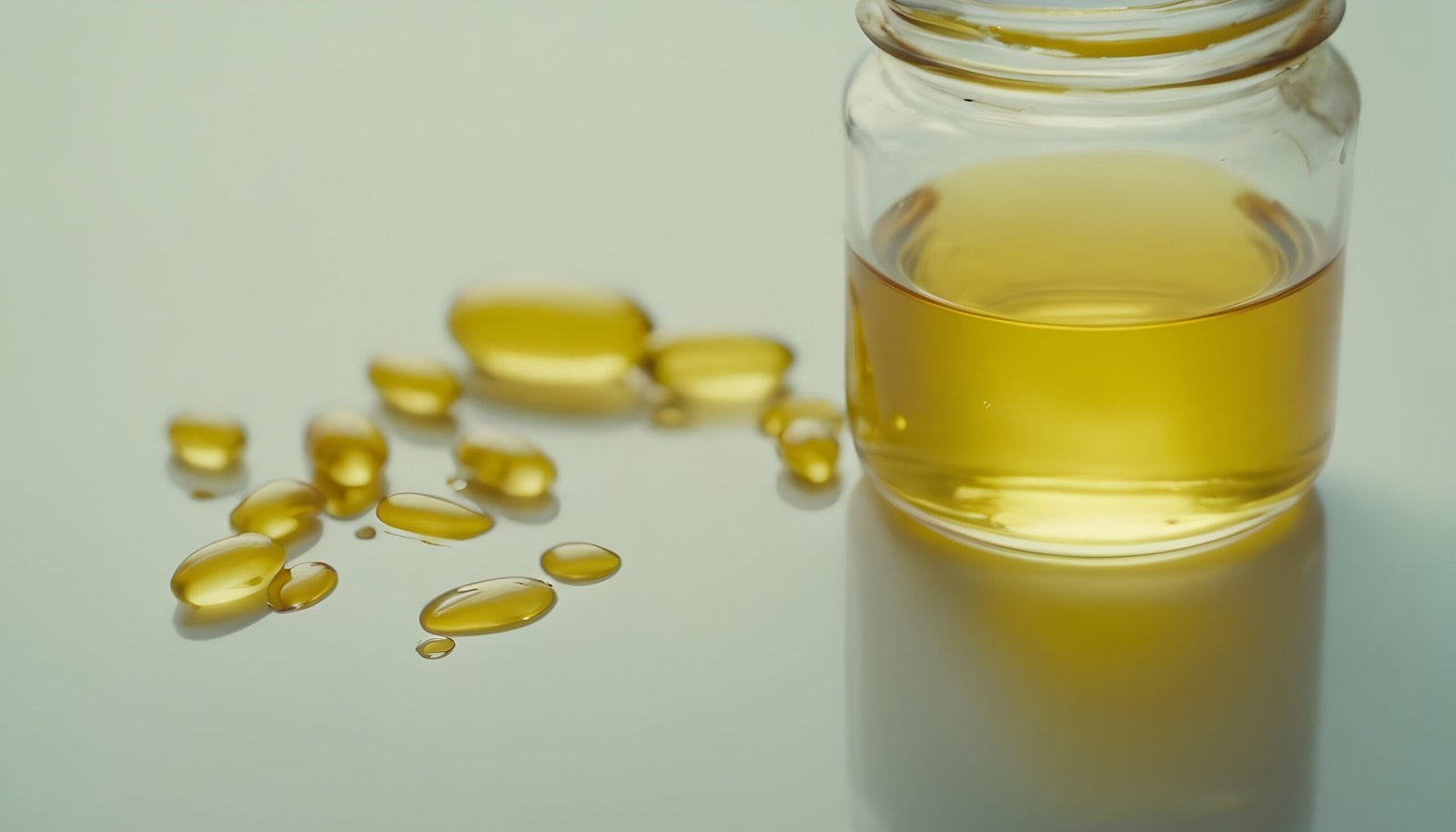The Top 10 Healthiest and Worst Oils

There is some debate regarding whether cooking oils are unhealthy and which are the greatest for your health. TIME discussed the best choice selection process with two cooking oil experts: Lisa Howard, author of The Big Book of Healthy Cooking Oils, and Lisa Weinandy, registered dietitian at The Ohio State University Wexner Medical Center.

Olive oil
As long as it’s extra virgin, nutritionists and culinary experts concur that olive oil is one of the healthiest and most flexible oils to use in cooking and eating. According to Howard, “you want an oil that is not refined and overly processed.” A label that reads “extra virgin” indicates that the olive oil is premium since it hasn’t been refined. Numerous studies have connected extra virgin olive oil—which has a high concentration of monounsaturated fats and some polyunsaturated fatty acids—to improved heart health. Olive oil is ideal for cooking on low to medium heat since it has a lower smoke point than other oils.
It’s also among the healthiest baking oils to use. Howard adds, “It works really well as a dressing.” Additionally, I enjoy
Coconut lubricant
Depending on who you ask, coconut oil is something that should be either moderately used or avoided. The main source of contention is its high saturated fat content; coconut oil is mostly a saturated fat, in contrast to other plant-based oils. While not all experts, including the American Heart Association, concur that consuming a concentrated dose of saturated fat is unhealthy, they do contend that swapping out high-saturated-fat foods for healthier ones will enhance lipid profiles and lower blood cholesterol. However, research is beginning to indicate that not all saturated fats are harmful to your health.
In general, coconut products are the subject of a lot of excitement but lack solid scientific support. That being said, this oil won’t necessarilyIt is not necessary to remove it from the pantry because of this. Because they are more stable at high temperatures, saturated fats can be a healthier oil to use when frying food or cooking at a high temperature—something that should obviously be done in moderation. They are therefore less prone to succumb to addiction and start smoking.
Canola oil
Canola oil is obtained from the flowering plant rapeseed and has a respectable quantity of polyunsaturated and monounsaturated fats. Canola oil typically contains the fewest saturated fats of any vegetable oil. It can be useful for high-heat cooking because of its high smoke point. Having said that, canola oil is typically highly processed in the US, meaning it contains less nutrients overall. Unprocessed or “cold-pressed” canola oil is available, though it might be hard to find.
Avocado oil
A fantastic option is avocado oil. While it isn’t as refined as extra virgin olive oil, it can be used to cook at a higher temperature and works well in stir-fries because of its greater smoking point. It is a decent choice for cooking because it is not very flavorful. Howard describes it as “just creamy, like an avocado.” Avocado oil offers one of the highest concentrations of monounsaturated fat among cooking oils in addition to polyunsaturated fatty acids and vitamin E. Its tendency to be more costly is one drawback.
sunflower seed oil
One tablespoon of this oil provides 28% of the daily recommended consumption of vitamin E, indicating its high vitamin E content. It won’t overpower a dish because of its high smoke point and mild flavor. On the other hand, sunflower oil is rich in omega-6 fatty acids. Although the body requires them, omega-3s are believed to be anti-inflammatory and omega-6s to be pro-inflammatory. Consuming too many omega-6s without balancing with omega 3s, could contribute to an excess inflammation in the body, therefore moderation is vital.
nut oil
With so many varieties to choose from, experimenting in the kitchen with nut oils can be a lot of fun. Peanut oil, for example, has one of the highest levels of monounsaturated fat among cooking oils; it’s often delicious, with a nutty scent and taste, and it cooks well at high heat.
Walnut oil
Although this oil doesn’t work well for cooking due to its low smoke point, there are lots of other uses for it. Howard pours the oil over his ice cream, freshly cut fruit, and pancakes. Her frothed milk for coffee drinks also has it added. Omega-6 to omega-3 fatty acid ratio in walnut oil is favorable, which reduces inflammation.
Flaxseed oil
Because flaxseed oil has a very low smoke point and a high omega-3 content, it is not recommended for use in cooking. Weinandy states, “I use [flaxseed oil] for dressing.” Ensure that it is kept in a cold place, such as the refrigerator.
Sesame oil
Because of its strong flavor—a little goes a long way—this oil is frequently utilized. Despite not having a very high concentration of other nutrients, it does contain both monounsaturated and polyunsaturated fatty acids. It works well in recipes calling for high heat because of its greater smoke point.
Vegetable oil
Any oil derived from plants is referred to as “vegetable oil,” and the composition and application of a vegetable oil determine its healthfulness. The majority of vegetable oils found in stores are a combination of sunflower, canola, corn, soybean, safflower, and palm oils. According to Weinandy, “I usually advise people to use olive oil whenever possible in place of corn or soybean oil.” She claims that while they may not be harmful to you, olive oil has far greater health benefits.
However, Howard notes that because vegetable oils are processed and refined, they are devoid of nutrients in addition to flavor. It is a given that vegetable oil is heavily refined. The word “vegetable” refers to the fact that manufacturers can use any commodity oil they choose—soy, corn, cottonseed, or canola—instead of needing to print a new label, according to the manufacturer. “Oils that have been processed have gone rancid during the processing because they were overheated.” According to Howard, some of these oils—palm oil in particular—are linked to increased land degradation for extraction.



Leave a Comment